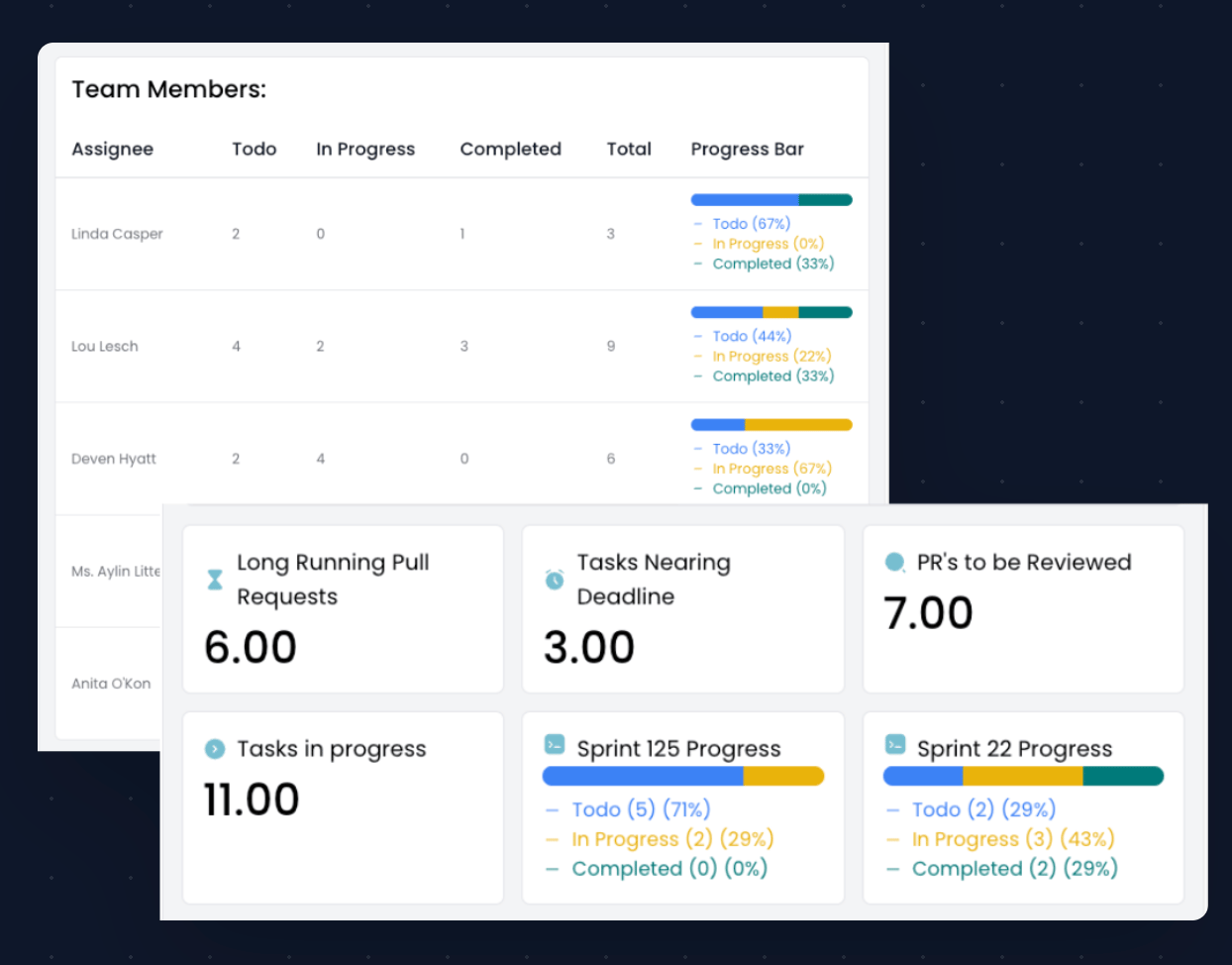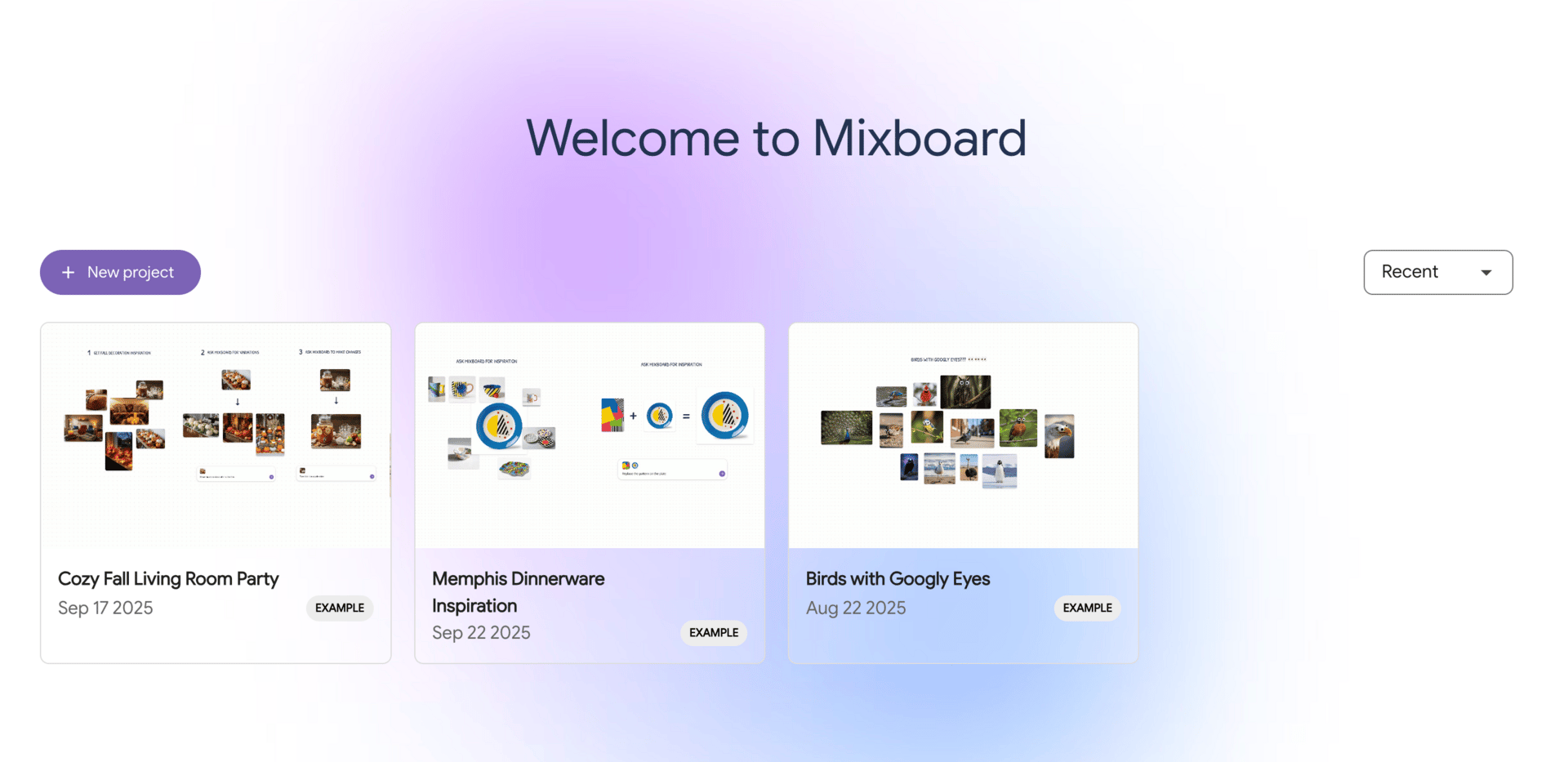- Future Tools
- Posts
- Anthropic’s hiring bonanza
Anthropic’s hiring bonanza
Plus: iPhone Giveaway inside

Welcome back! I’m so excited to continue growing my content (just celebrated hitting 800K on YouTube + 20K on Instagram…plus all 220K of you reading this), so I thought it would be fun to host a giveaway for a brand new iPhone 17 Pro.📱
How to enter:
1️⃣ Follow me on IG (@mr.eflow).
2️⃣ Fill out this giveaway form OR comment “iPhone“ on this post to get the form DM’d directly to you.
All the details, including terms and conditions, are included in the giveaway form.
⏰ Deadline: October 11 at 12pm PT
Thanks for being part of this journey! More good stuff to come.


Anthropic Goes on a Hiring Frenzy

CEO of Anthropic Dario Amodei / Via The Information
Anthropic will triple its international workforce in 2025 and 5× its applied-AI team.
What’s driving it: Claude’s enterprise footprint has exploded—from under 1,000 customers to 300,000+ in less than two years, with ~80% of usage outside the US. Anthropic is opening its first Asia office (Tokyo), adding 100+ roles in Dublin and London, a research hub in Zurich, and hiring country leads across India, ANZ, Korea, and Singapore.
What they’ll build: Hands-on deployments (Claude Code, domain-specific agents), 24/7 support, and data-sovereignty scaffolding for regulated sectors. Case studies include Novo Nordisk compressing months of clinical reporting to days and Norges Bank streamlining analysis across thousands of portfolio companies.
Why it matters: Even at AI-native firms, people are the scale engine. Anthropic’s move points to a future where people are the powerhouse behind AI—and growth isn’t possible without humans.
OpenAI Ships Safety Routing + Parental Controls
OpenAI is testing a safety router in ChatGPT that can switch mid-chat to GPT-5-thinking for sensitive topics, and it rolled out parental controls for teen accounts.
What they do: The router detects emotionally charged conversations and routes them to models trained for “safe completions” (guidance over blind refusal). Meanwhile, parental controls add quiet hours, content filters, training opt-out, voice/off toggles, and distress detection with parent alerts.
Reaction so far: Mixed. Many welcome the guardrails; others say the experience feels over-cautious or “paternalistic.” OpenAI framed this as an iterative 120-day rollout with per-message, temporary routing and model transparency on request.
Why it matters: As LLM usage skews mainstream, safety UX becomes product UX. Expect more dynamic model-switching under the hood—and louder debates about where to draw the line.
Agents Hit the Office (and Your Browser)
From startups to giants, tech companies are going all in on agents. Microsoft rolled out new agentic features inside Office, while a cross-browser startup raised fresh capital to automate work where people already live online.
In the Office: Think “vibe working” for Office—prompt out auditable, step-by-step spreadsheets, docs, and decks.
The web-first Agent Mode plans tasks, executes them, and shows its work, scoring 57.2% on SpreadsheetBench (ahead of several AI rivals, but still below humans at 71.3%).
Office Agent, powered by Anthropic in Copilot chat, assembles full PPTs/Docs, researches on the fly, and previews slides live.
In startup land: Composite raised $5.6M (with backing from NFDG, Menlo, and Anthropic’s fund) for a cross-browser agent. It focuses on professional workflows, local execution, and admin controls where you already work, without swapping browsers or wiring connectors.
Big picture: Agentic workflows are moving from demos to daily tools—inside Office and across the web. This brings AI to more people at a range of skill levels, without the need for perfect prompts or code to get complex work done.



Make Engineering Visible

EvolveDev
EvolveDev connects to GitHub, Jira, and Slack and uses AI to surface bottlenecks, forecast delivery risk, and auto-generate reporting dashboards.
How you can use it:
Spot stuck PRs, handoff delays, and cycle-time regressions
Forecast delivery timelines from historical patterns
Compare squads and initiatives without manual data pulls
Pricing: Paid

AI Mood Boards

Type a vibe (“warm mid-century living room”), and Mixboard’s image model builds an editable board you can tweak in plain language—“make the sofa modular,” “add autumn vibes.”
How you can use it:
Rapidly make concept boards for clients or shoots
Iterate layouts and colors by describing changes
Collaborate live and share links for feedback
Spin up event themes or brand directions in minutes
Pricing: Free & paid


Jobs, announcements, and big ideas
OpenAI has unveiled a new Sora feed with personalized recommendations, safety features, and parental controls.
Google added AI-powered ransomware detection and one-click file restoration to Drive for desktop users.
Opera launched the Neon AI browser with native chat features to compete in the growing agentic browsing market.
Ring launched its first 4K security cameras with an AI pet-finding feature for smarter home protection.
PayPal’s Honey integrated with ChatGPT and other AI tools to deliver smarter, personalized shopping deals.
DoorDash launched Dot, an autonomous delivery robot designed for local commerce and urban navigation.


Pulse, Nano Banana, Grok 4. Follow along as I speed-run this week’s biggest drops.

That’s a wrap! See you Friday.
—Matt (FutureTools.io)
P.S. This newsletter is 100% written by a human. Okay, maybe 96%.